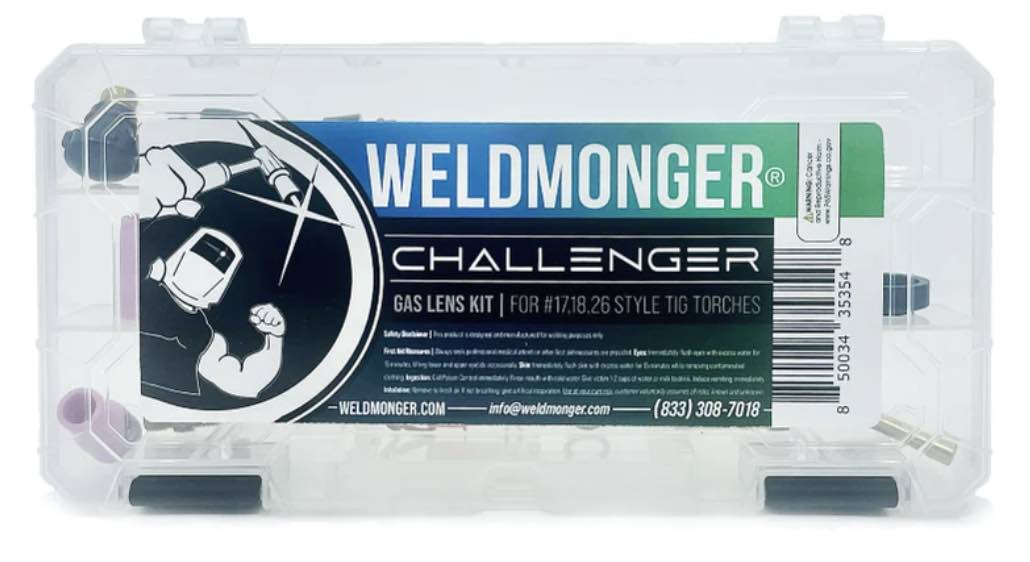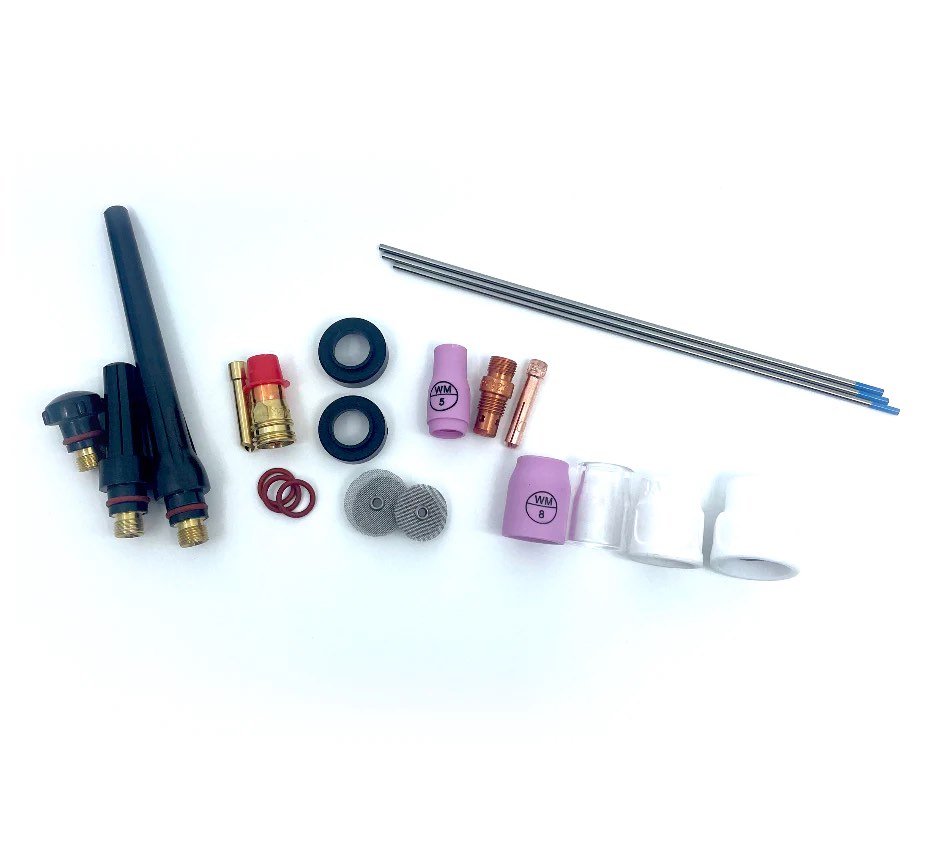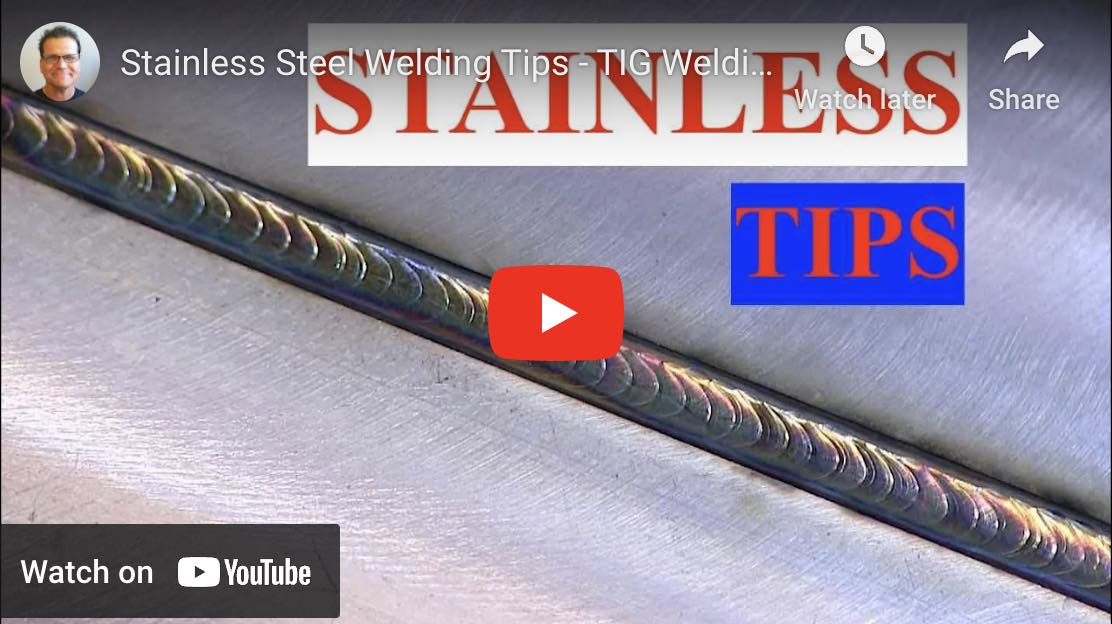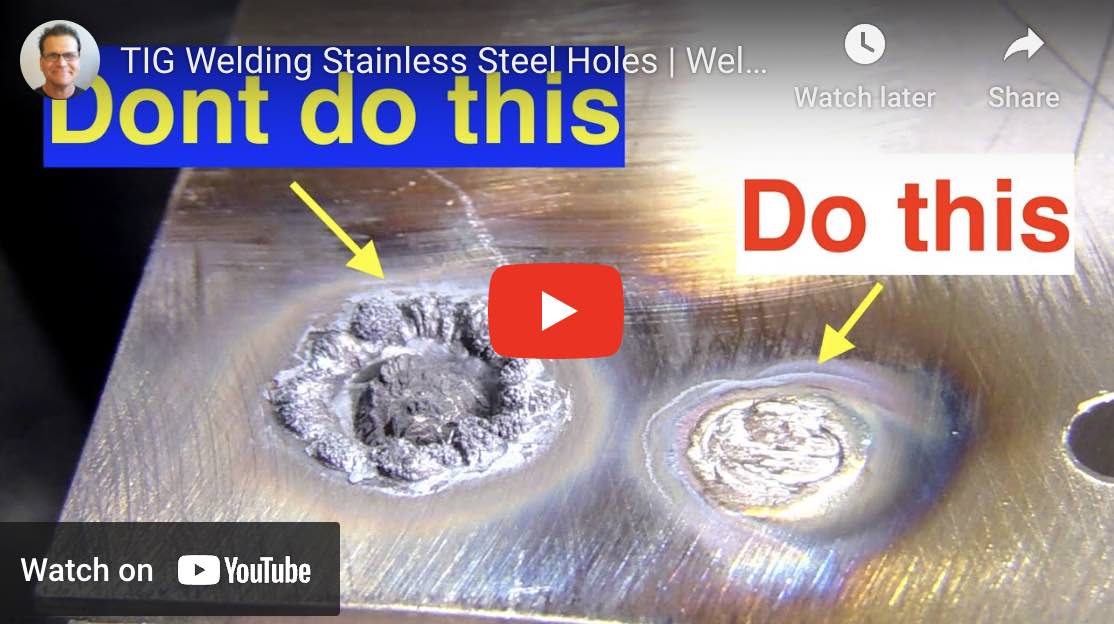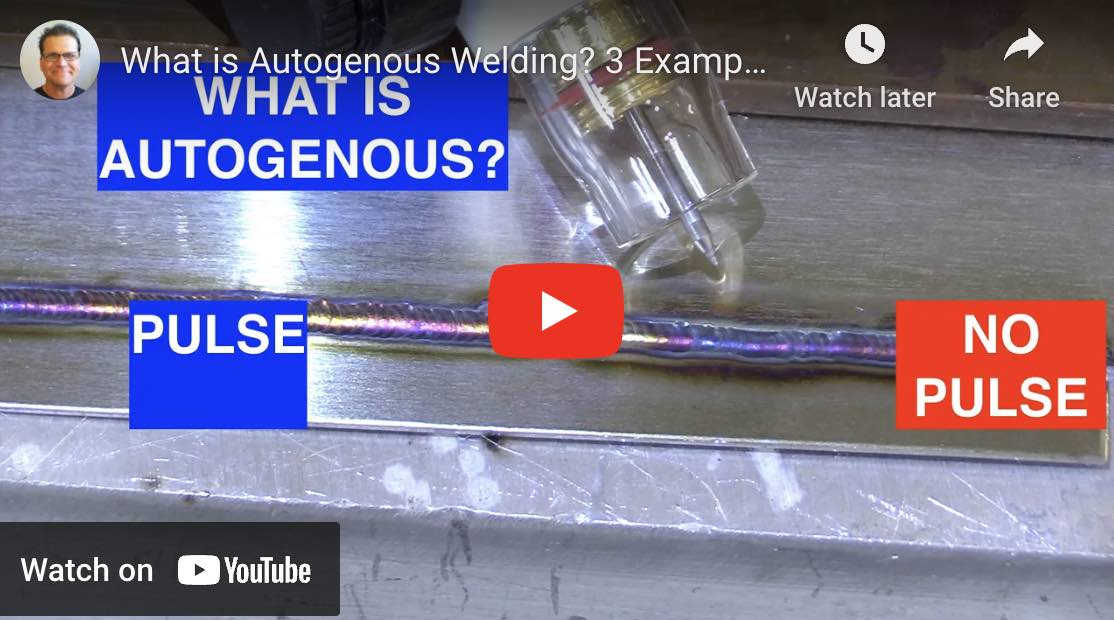Stainless Steel TIG Welding Videos and Tips
...Introducing the New WeldMonger Challenger TIG kit that includes the most frequently used Cups.
- HOME
- TIG WELDING
- Stainless Steel Tig Welding
More stainless steel tig welding videos
Tips for tig welding holes in stainless steel sheet metal
- HOME
- TIG WELDING
- Stainless Steel Tig Welding
Stainless Steel lap joint welded with and without pulse
When TIG welding stainless steel, it is important to maintain corrosion resistance.
Corrosion resistance refers to the ability of a material, in this case stainless steel, to resist the process of corrosion, which is the gradual deterioration of the metal due to chemical reactions with the surrounding environment.
Stainless steel is known for its corrosion-resistant properties, which is one of the reasons why it is commonly used in various applications. However, during the welding process, the high heat and intense energy involved can affect the structure and properties of the stainless steel, potentially reducing its corrosion resistance.
Maintaining corrosion resistance when TIG welding stainless steel is crucial for a few reasons:
- Durability: Stainless steel is often chosen for its long-lasting durability and resistance to rust and corrosion. By preserving its corrosion resistance during welding, the material retains its ability to withstand harsh environments and maintain its integrity over time.
- Aesthetic Appeal: Stainless steel is often used for its attractive appearance, particularly in architectural and decorative applications. Corrosion can cause discoloration, staining, or pitting on the surface, detracting from its visual appeal. By preserving corrosion resistance, the welded stainless steel maintains its desired appearance.
- Functionality: Many applications of stainless steel require it to be resistant to corrosive substances such as acids, salts, or moisture. By maintaining corrosion resistance during welding, the material remains functional and reliable in environments where it is exposed to these corrosive elements.
To maintain corrosion resistance during TIG welding, you need to employ various techniques and practices. These include using the appropriate filler materials, shielding the weld area with argon, limiting heat input, and properly cleaning and preparing the stainless steel surface before and after welding.
By ensuring the corrosion resistance of stainless steel is maintained during TIG welding, the welded joints or components retain their durability, appearance, and functionality, making them suitable for a wide range of applications while ensuring the longevity of the material.
When TIG (Tungsten Inert Gas) welding stainless steel, purging with argon, controlling heat input, and using proper wire brushing techniques play important roles in maintaining corrosion resistance. Here's how each factor impacts the welding process and the resulting weld:
- Purging with Argon: Stainless steel is prone to oxidation when exposed to oxygen during welding. Purging involves creating a shielding environment on the penetration side of the weld using an inert gas, such as argon. By flooding the backside of the joint with argon gas, the oxygen is displaced, preventing oxidation and ensuring a clean weld. Purging is mandatory for many stainless steel applications.
- Heat Input: Controlling heat input is crucial in TIG welding stainless steel. Stainless steel has a lower thermal conductivity compared to other metals, which means it retains heat more effectively. Excessive heat can lead to several issues, including distortion, warping, and loss of corrosion resistance.
By properly controlling the heat input, the welder can avoid overheating the material, which could result in the formation of undesirable microstructural changes like carbide precipitation and sensitization. These issues can affect the corrosion resistance and mechanical properties of stainless steel. When 300 series stainless steels like 304L or 316L are heated above 900F carbon particles can combine with chromium to create chromium depleted areas. That can cause something called carbide precipitation and loss of stainless properties.
- Proper Wire Brushing: Wire brushing is a surface preparation technique usually done to remove heat tint after welding stainless steel. It involves using a stainless steel wire brush. The brush should be made of stainless steel to prevent contamination. The stainless brush should be dedicated to stainless steel and not ever have been used for wire brushing carbon steels.
Overall, the combination of purging with argon, controlling heat input, using chill bars, and employing proper wire brushing techniques in TIG welding stainless steel helps ensure a clean, high-quality weld. It minimizes the risk of oxidation, preserves the material's corrosion resistance, and promotes optimal weld penetration and fusion, resulting in a strong and durable weld joint.


